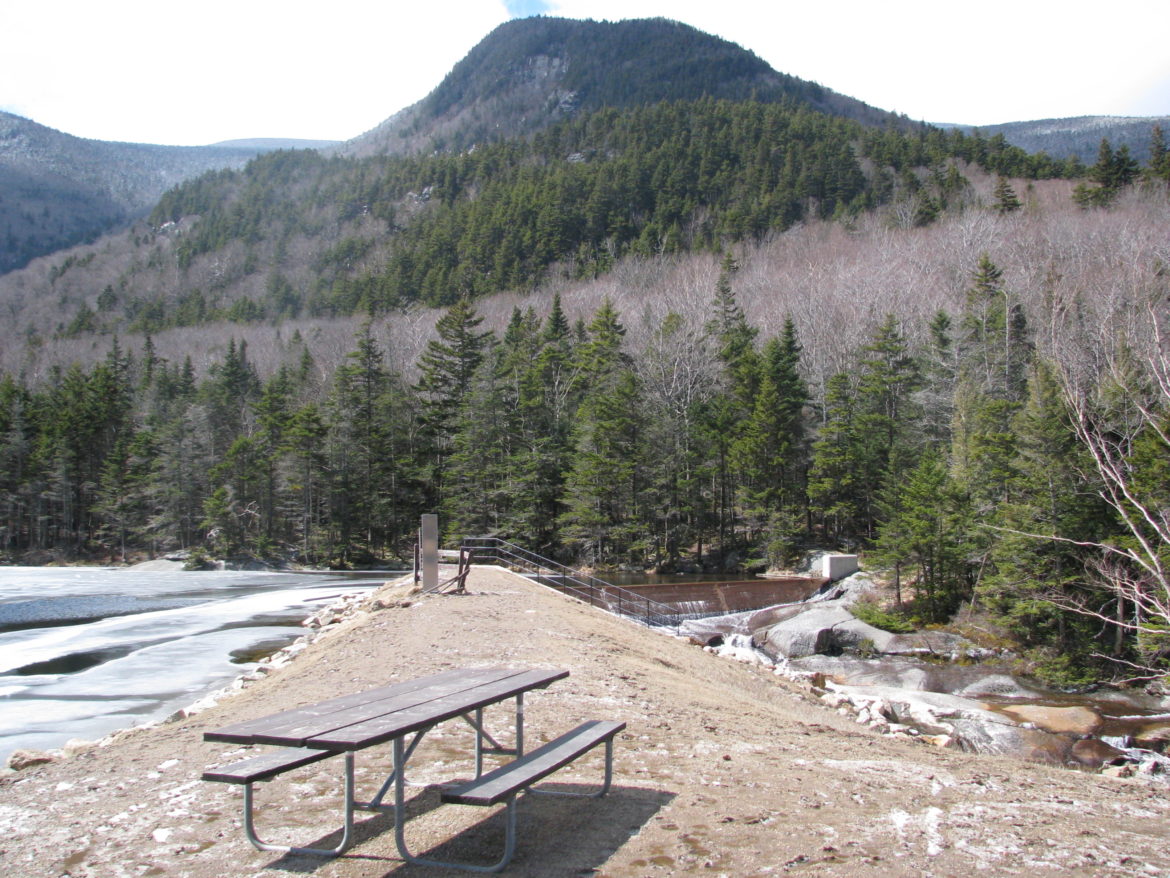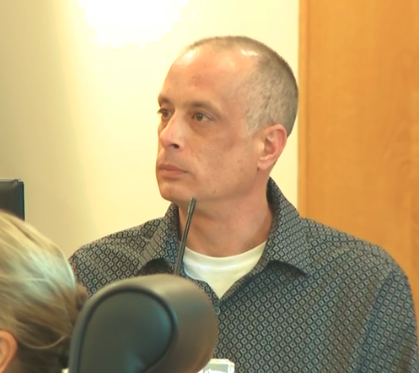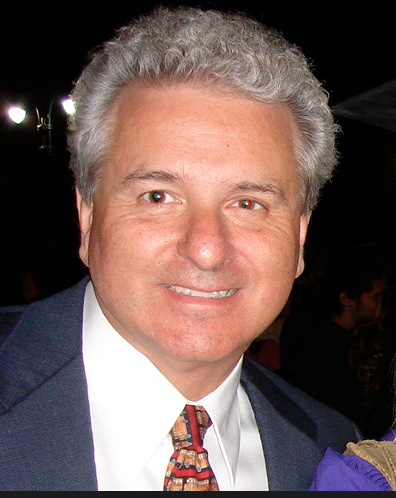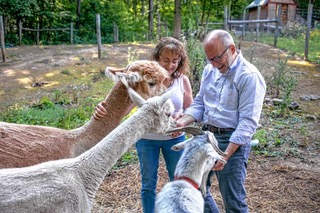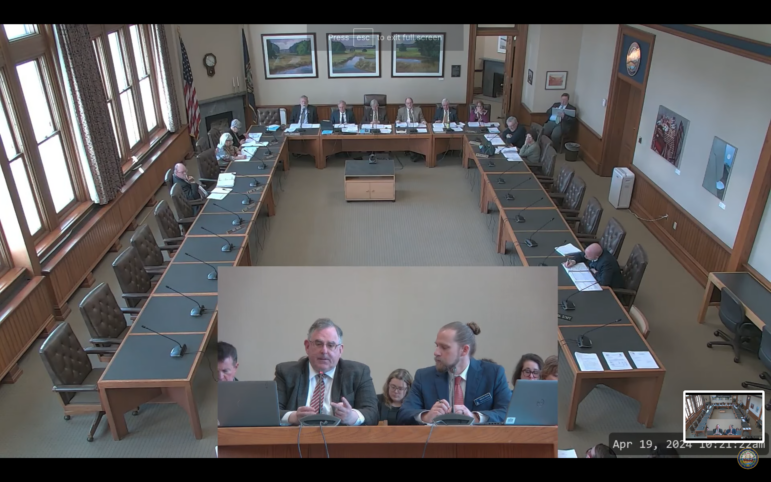By PAULA TRACY, InDepthNH.org
WASHINGTON – Places like Monadnock State Park, the White Mountain National Forest, and Saint-Gauden’s Historical National Park could see huge investment in their infrastructure in the coming years if Congress passes measures to permanently fund the LWCF this week.
The Land and Water Conservation Fund or LWCF has been able to provide matching funding for everything from Bicentennial Square in Concord to town forest trails and the massive Upper Connecticut Lakes Headwaters tract in Pittsburg that has flowed in fits and starts over the years and has had to be funded from year to year.
The money, derived from permits to drill oil offshore, would be permanently funded. Another measure would allow those funds to address deferred maintenance on public lands.
Members of the state’s environmental community met with U.S. Sen. Jeanne Shaheen, D-NH, on a conference call Tuesday to discuss how the move to permanent funding could help the state and its importance in the years to come, particularly since COVID-19.
“I am so optimistic that we are going to get this done and it is going to make a difference in all of the work you do,” Shaheen said. “Hopefully the president will sign it as soon as it passes.”
The Great American Outdoors Act will help preserve and maintain critical lands for national parks, forests, wildlife refuges, and recreational areas in New Hampshire and across the country. Shaheen is also a co-sponsor of the Restore Our Parks Act, bipartisan legislation that would address the $20 billion backlog in long-delayed maintenance projects on public lands.
This maintenance backlog totals more than $43 million in New Hampshire.
On the call to discuss what the benefits would be were Eric Feldbaum, community recreation specialist at the New Hampshire Department of Natural and Cultural Resources; Jack Savage, president of the Society for the Protection of New Hampshire Forests; Jim O’Brien, director of external relations at The Nature Conservancy; Susan Arnold, vice president for Conservation at the Appalachian Mountain Club; Shelby Semmes, Northern New England director for the Trust for Public Land; Jeanie McIntyre, president, NH Land Trust Coalition; Rick Kendall, superintendent of Saint-Gaudens National Historic Park; Thayer Tolles, trustee for Saint-Gaudens Memorial; Connie Carpenter, acting supervisor for the White Mountain National Forest; Melanie Luce, executive director of the White Mountains Trail Collective; Cathy Corkery, NH director of the Sierra Club; and Theresa Conn, sustainability director, for NEMO Equipment in Dover, which creates outdoor gear.
Conn said the demand now is for family camping and she said many of the customers now facing the pandemic are interested in local outdoor experiences that could be greatly enhanced by permanent funding to deal with a backlog of maintenance.
Broken picnic tables, weathered signs, trail erosion projects, and new handicap access could all benefit from this money.
Savage noted that the Forest Society has a great partnership with the state to operate Mount Monadnock State Park which has seen a tremendous spike in visitors anxious to get outside during the pandemic.
The funding, he said, would provide “a world of good” there which would improve the outdoor experience and that more than a million dollars could be used just to catch up with work that needs to be done.
He said the state has long benefited from LWCF and the state’s collaborative approach working with state, local federal groups, volunteers, and philanthropists, has given the state an advantage at getting those funds because they work collectively rather than against each other.
The largest conservation effort in the state to acquire the former International Paper Company lands at the tip of the state in the 1990s for the Connecticut Lakes Headwaters tract provides for a working forest that also helps the economy in addition to the recreation benefits the LWCF money is better known for.
Corkery, at the New Hampshire Sierra Club, said it is “really exciting to be at the precipice of success and such an important program designed to shift funding from drilling and other industrial uses to public access and public lands…all over the United States.”
She said being able to have money for deferred maintenance is “a really awesome goal to support.”
Now, during a pandemic, people really understand the need for public spaces, she said.
“They really help heal our minds and our bodies in so many ways,” she said, adding she hoped there would be bipartisan support particularly now “when these special places are even more sorely needed.”
AMC’s Arnold said organizations like hers have had to close many of its programs and properties and have taken a huge hit during the pandemic.
“It’s a historic opportunity and coming together,” Arnold said, which will help pick up the outdoor recreation economy.
In Cornish, at the Saint-Gauden’s Historical National Park is visited by 40,000 each year. There is $5.8 million in deferred maintenance, including 42 structures on the national register of historic places which were recently acquired in the Blow-Me-Down-Farm unit, said Kendall. The hope is to improve those structures and outdoor accessibility with some of the LWCF funds.
On the 750,000-acre White Mountain National Forest, the list of projects is long with little funding so “deferred maintenance has been a challenge,” Carpenter said.
She said the infrastructure has fallen behind “to meet the quality experience we want.”
Carpenter said the funding might be used to fund repairs to snowmobile trails, bridges, high use areas, and a project to make Glen Ellis Falls more accessible.
Shaheen said she would keep the group posted on progress, as she was continuing to “keep her fingers crossed.”
